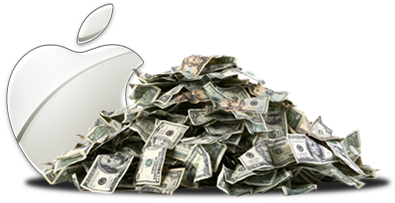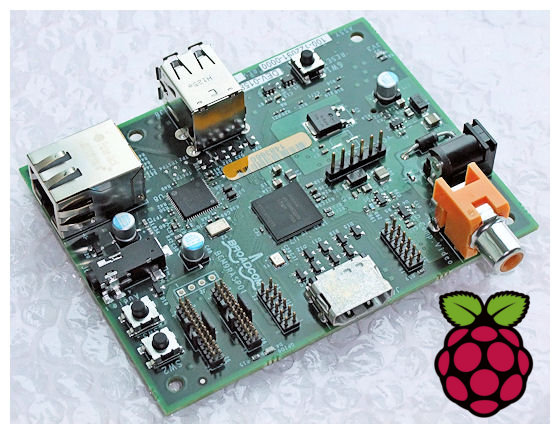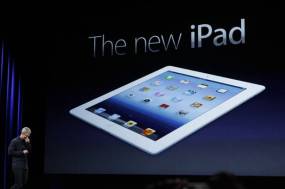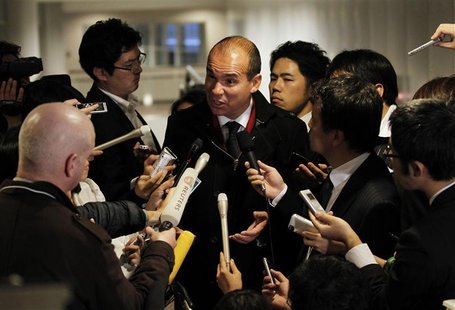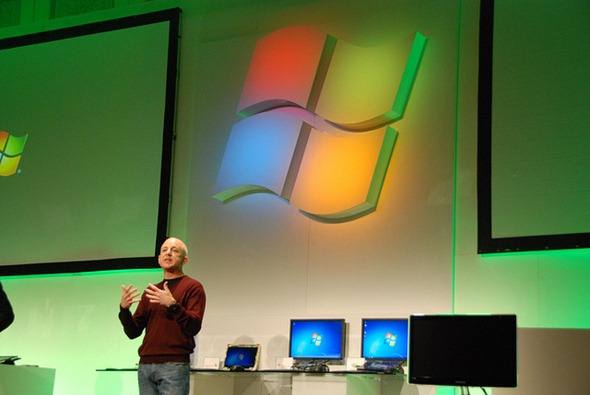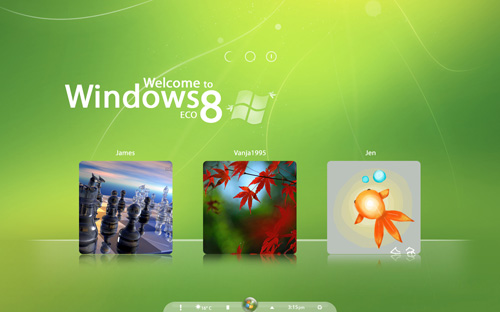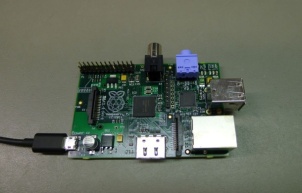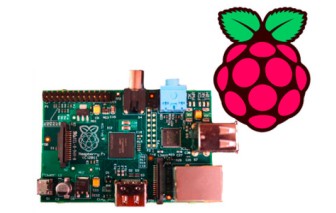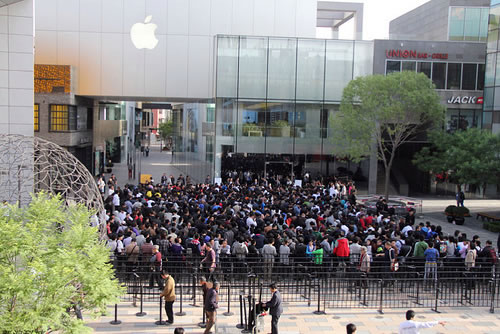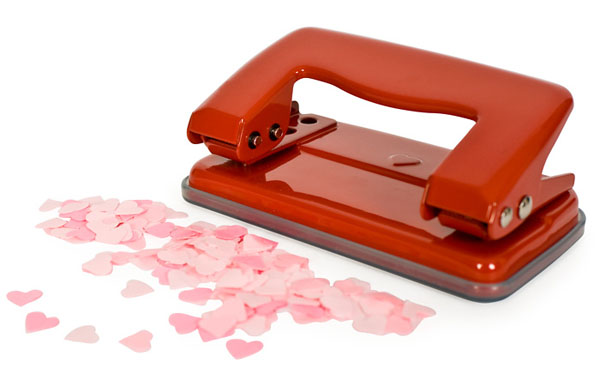 The origins of the device are fairly unclear or at least not confirmed. They can be traced back to 1886 when Friedrich Soennecken invented a metal device capable of punching holes in paper. He called it Papierlocher fur Sammelmappen. Fredrich received a patent on his design in Germany on 14th November 1886. The way the device worked was through a long lever used to push a bladed cylinder straight through a number if sheets of paper.
The origins of the device are fairly unclear or at least not confirmed. They can be traced back to 1886 when Friedrich Soennecken invented a metal device capable of punching holes in paper. He called it Papierlocher fur Sammelmappen. Fredrich received a patent on his design in Germany on 14th November 1886. The way the device worked was through a long lever used to push a bladed cylinder straight through a number if sheets of paper.This classic design developed and changed over time when other inventors started to create their own versions of the machine. Benjamin Smith was the first to be granted the US patent. He called his device a conductor's punch. His design used two metal pieces, attached by a spring, with a hole in the bottom one and a sharp cutting implement on the other end. The spring gave the it strength to cut through stacks of paper.

In 1893, another innovation was introduced by Charles Brooks who called his device a ticket punch. The design was similar to Smith's but included a small jar, or a cannister, attached to the bottom part of the punch that held the waste pieces cut from the paper as they were pushed out. It resembled modern version of the hole punch. The machine kept improving over the years and by the end of twentieth century there were also some plastic hole punchers released to the market. The shapes of cutters also changed and it became possible to punch a hole in the shape of a heart or a star.
Since 2000 hole punchers have become more convenient and easy to use without having to apply much force. Pressure plate was developed which enabled the device to punch through an even bigger pile of paper as well as electronic hole punch that did not require manual labour at all. Manual lever spacer was also introduced which allowed users to change the size and spacing of the holes. It is now commonly used by many manufacturers.
Did you know...?
 The little piece of paper that's punched out of a hole puncher is called a 'chad'
The little piece of paper that's punched out of a hole puncher is called a 'chad'Aside from the classic one-hole, two-hole, three-hole and four-hole variations, there are also some hole punches designed to make five, six or even up to eight holes simultaneously!
One-hole punch is commonly used when making paper crafts, scrapbooks and confetti (Casey Larrain, the Guinness World Record holder, owns a collection based on 1,700 unique shapes)
Some artists use hole punch as tool in their projects (based on either making holes in a piece of material or using colourful chads to create impressive images)
Also see: I've got a stapler and I'm not afraid to use it!
Hole Punchers | Single Hole Punch | Puch 2-Hole | Punch 4-Hole | Electric Hole Punch | Heavy Duty Hole Punch | Replacement Cutting Dies

